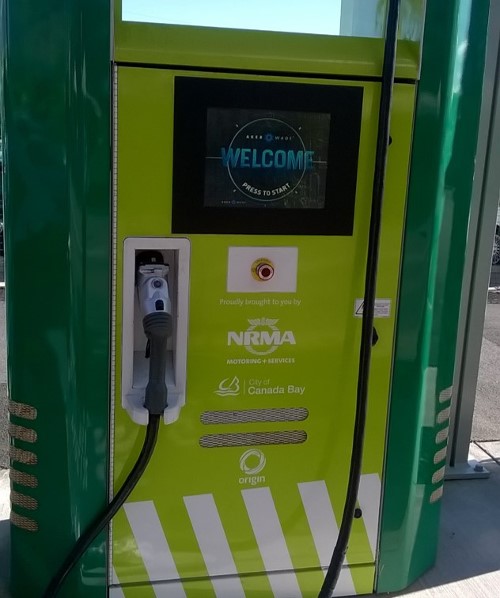– By Caroline Falls –
Local government has a crucial role in advancing electric vehicles in Australia. Not only as early adopters of electric vehicles in their fleets but as the approvers of development applications and a voice to federal and state governments.
Councils have the power to place conditions on developments being approved today to ensure charge points are part of commercial and residential developments for the vehicles of tomorrow.
“Local government has probably been the most proactive and interested around providing infrastructure in local areas,” said Behyad Jafari, CEO of the newly founded Electric Vehicle Council, explaining councils have access to libraries and civic spaces, where charging points can be located.
“All the city lord mayors convene in a council called Capital City Lord Mayors and it is very aware and proactive in this space,” Jafari said. “They’re out ahead of the pack in terms of thinking and practical applications.”
Deborah Wilkinson, executive director of the Council of Capital City Lord Mayors, said adding electric vehicles as a key topic at the group’s meeting in September 2017 was the idea of the Lord Mayor of Adelaide, Martin Haese. “It is in front of mind for a lot of them,” she said, adding they want to have a discussion about who’s doing what, when and where, and see what they do collectively.
Meanwhile, others are looking at introducing EVs into their own fleets.
“From a fleet perspective, our research suggests that business fleets and government (particularly local councils) are best positioned to be the leaders in making the transition to EVs, as they are most likely to recognise the cost benefits they can achieve by integrating EVs with other technologies (e.g. telematics),” said Ben Selwyn, industry analyst at ACA Research. “Their ability to purchase in volume will also increase the role of EVs.”
Fleets have an important function in that a high proportion of new cars sold are initially to a fleet buyer. After a couple of years they end up in the used car market and their attributes become widely dispersed.
“It ends up in the mum and dad cars,” said Rob Wilson, from the Institute of Public Works Engineers Australasia (IPWEA). Just as safety features introduced to fleet vehicles 10 years ago are now the family runabouts and cars teenagers are learning to drive in.
For now though, with such poor penetration, electric vehicles aren’t top of mind for fleet managers, particularly those outside of cities where population density helps build the economic case for a rollout of charging points.
“The attitude to EVs is quite varied across fleet operators,” said IPWEA’s Wilson, “In some cases, there is little interest for the classic reasons of capital cost, recharging station availability and range. But all these are changing. Other fleets are taking a position to introduce EVs primarily to meet organisational emission targets and to support the technology.”
It’s a hot topic, said one, and people are excited by it, but EVs are still a long way off and there are more pressing issues — like leasing versus buying, reducing fleet size, and dealing with plant replacement.
“At this point in time, they aren’t viable,” said Andrew Railz, a fleet consultant based in Bundaberg, Queensland. “The resale value of an electric vehicle is next to nothing, so that’s a hard sell from a fleet manager’s point of view.”
One thing everyone agrees on is that EVs are the future.
“I think significant or even total EV fleets are inevitable,” said IPWEA’s Wilson. “The inherent benefits such as drive-line simplicity, low or no emissions, high performance standards are all very compelling.”
Railz said he didn’t expect to see any significant shift in the next five years. “It’s going to take longer than that, a decade or more, and a lot will depend on where you live,” he said. “The insurgency will take hold in city areas. I think the take-up will be slow but once it takes a hold it will ramp up quickly.”







